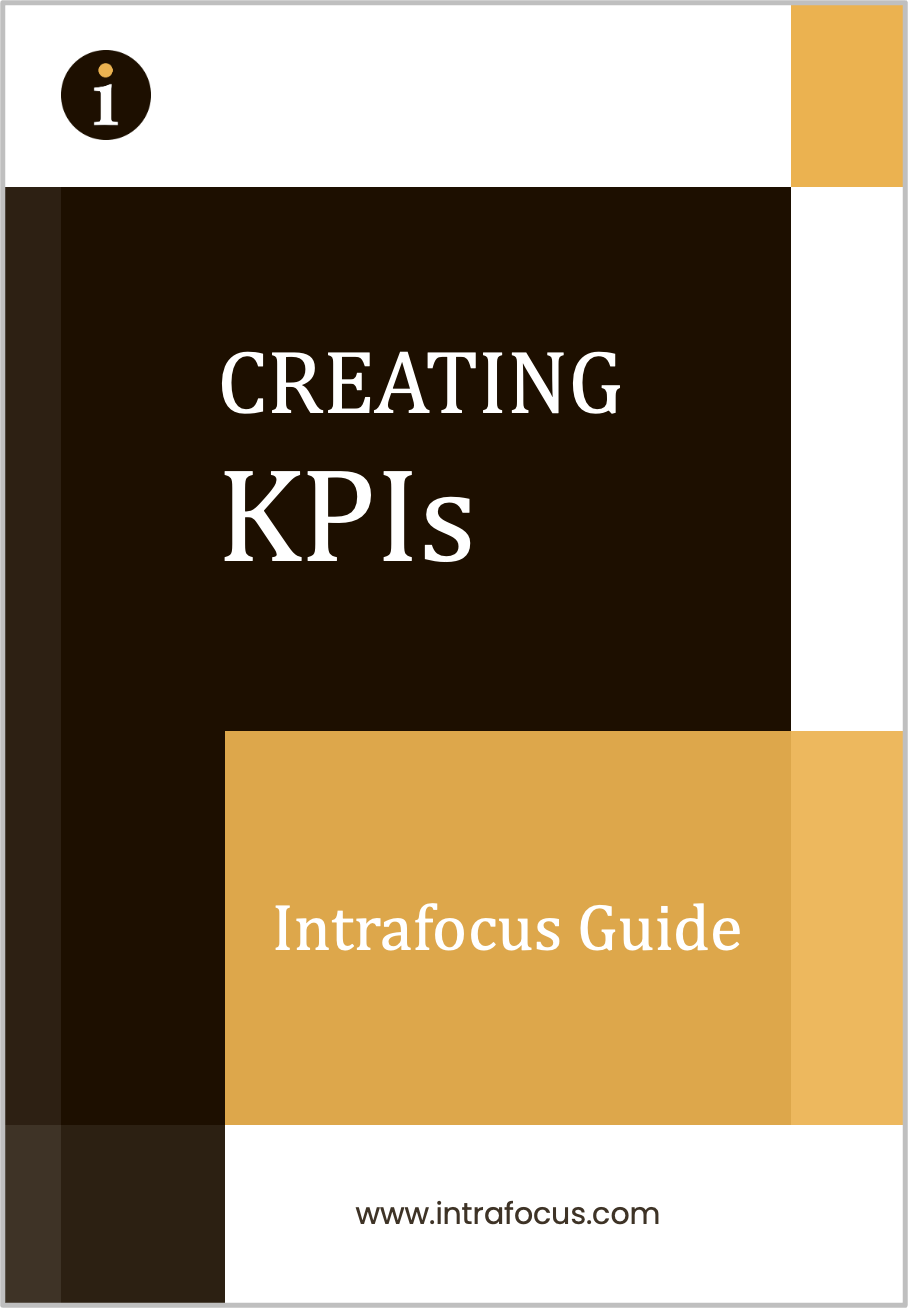Every company needs a clearly defined set of business objectives as part of its business strategy. These objectives should follow the SMART model – being specific in nature, measurable in output with key performance indicators, achievable with stretch and effort, relevant to the business and time-bound, so that your team has a clear end point.
Smart Business Objectives
Specific: Your business objectives need to be detailed. Simply saying ‘We will become no.1 in the marketplace’ is useless. All business objectives need to flow down to the personal objectives of every employee within the organisation, which means they need to be tightly defined. So, you might say ‘We will achieve the first position within this particular niche market or target market segment measured by annual sales volume of this particular product’.
Measurable: All good business objectives will come with key performance indictors. For example, you might have an objective that says you will successfully launch new Product A into a specific target market by June and achieve sales of £xxx by December. You can then create key performance indicators which track success and visually see these on a management dashboard. Remember too that your objectives – and related KPIs – might well be in relation to internal goals, such as to make business waste savings of £xx or xx tonnes of carbon saved by a certain date. These are typical for organisations seeking to operate in a Leaner manner, where efficiency is key to gaining a better profit margin.
Achievable: A stretch goal is a wonderful thing – but make it beyond the realms of possibility and your employees will become disengaged and switch off. This is particularly important if your staff have performance related pay or bonuses that relate to the achievement of their objectives. Remember, a great objective offers stretch and demands extra performance – but it must be within grasp with hard work, focus, determination and results.
Relevant: Make sure your business objectives genuinely support your overarching business strategy and values and avoid any knee-jerk red herrings. This can sometimes occur in smaller businesses where the CEO is used to pursuing his or her own passion projects on a whim! Remember, the business focus must remain narrow and focused, so that organisational energy doesn’t dissipate down wasted channels. Analyse each of the proposed objectives and ask if they are relevant to your business direction and purpose.
Time-bound: Most business objectives will be set for the financial year ahead, but you may also want to include shorter and more focused objectives that can be built into the interim performance review to check progress. This could be applicable for short turnaround projects, where you need to see a rapid result in order to progress a bigger piece of work. An example might be a rapid website upgrade in order to ramp-up for a new sales campaign or product launch.
What Next?
You will have a set of objectives – ideally no more than half a dozen – that spell out the focus of your business for the year ahead. Of course, certain activities will need to happen regardless of key objectives – operational work, regulatory requirements, audit, financial management and reporting, business continuity management, facilities and so forth – but these objectives will give your leadership team the focus for their employee engagement and the internal communications narrative.
To engage your employees, test the objectives with your leadership team’s direct reports to sense check the inclusions and check that nothing is missing from their perspective. This is very important where functional specialists may know of objectives that must be escalated to a corporate level – rather than a functional or technical one – because of their strategic importance. An example of this might be in relation to data protection and cyber security; two aligned areas that are of prime importance to companies in the wake of recent NHS hacking events and in anticipation of new stricter EU legislation around customer data management protocols, becoming enforced within a year.
Once the tested set of objectives has been refined, gather a working group with representatives from across the business and at all levels to discuss them and talk about ways in which they should be brought to life within the organisation. Yes, they will be built into personal objectives, but does there need to be working groups, a small staff conference, regular town halls or other communication markets and methods to update everyone on progress? Also, you may need to consider the terminology you use – construct a glossary of terms to ensure everyone i on the same page.
And Finally
It is important that objectives are shared and commonly owned. Commit to producing a monthly measurement dashboard that presents the key performance indicators and makes these visible to all so that all business conversations internally about work are framed by the objectives. Put them on walls, screens and in shared spaces where they can become absorbed and start to resonate with everyone in the organisation. From that point, you will find that you have a set of realistic objectives that are positioned well with in your company – and that your biggest resource and asset; your people – are ready to go and achieve them!


